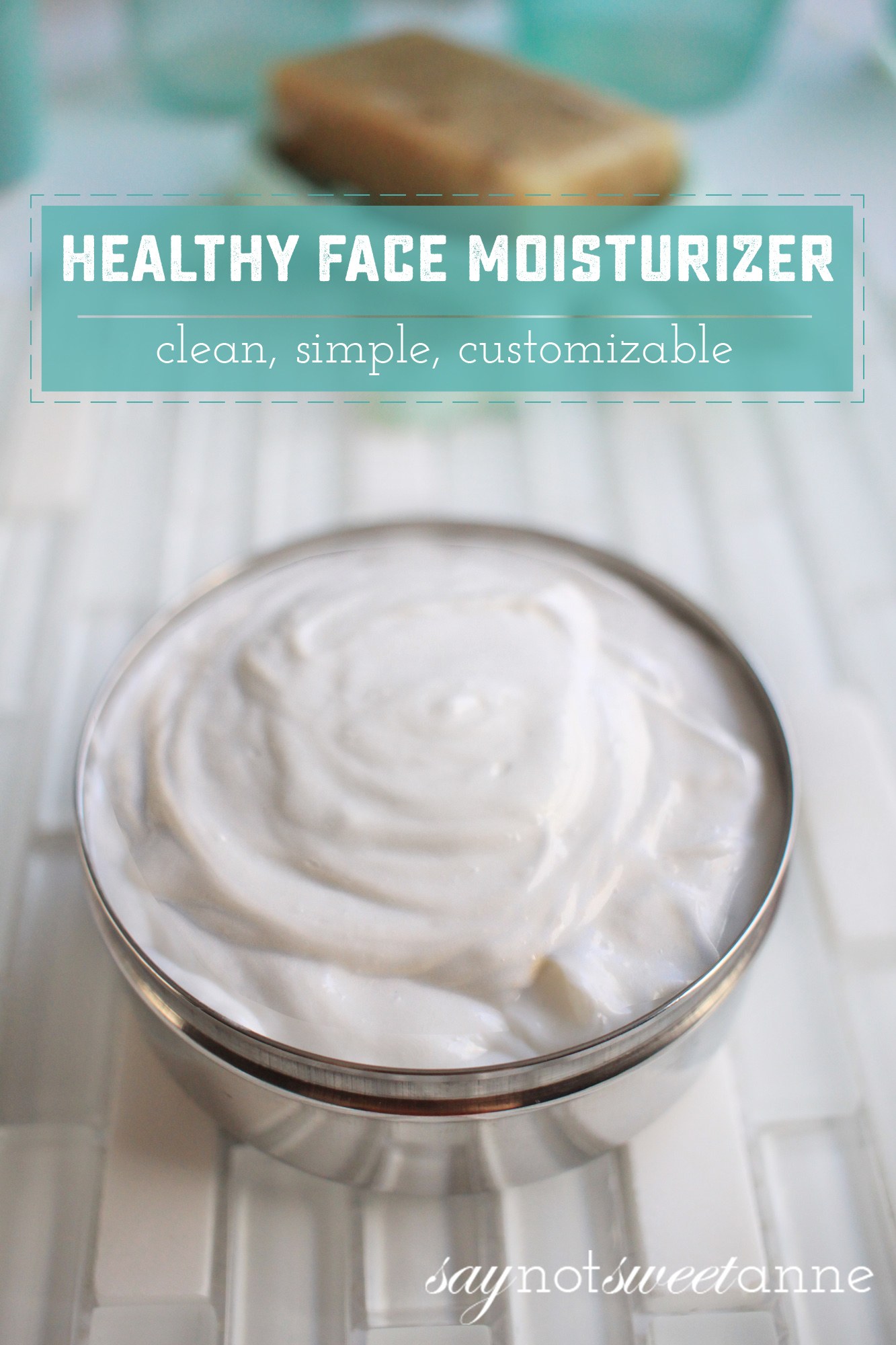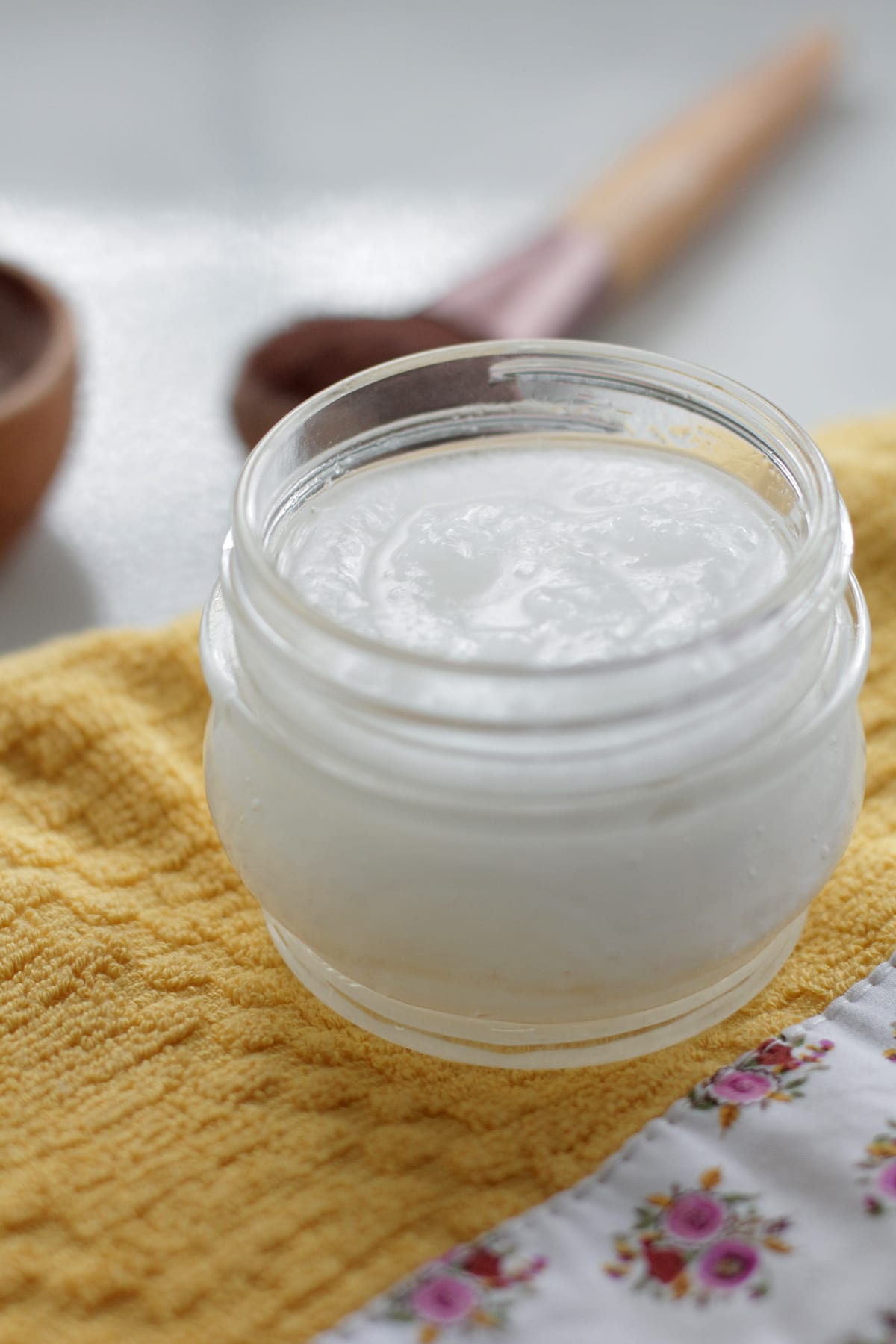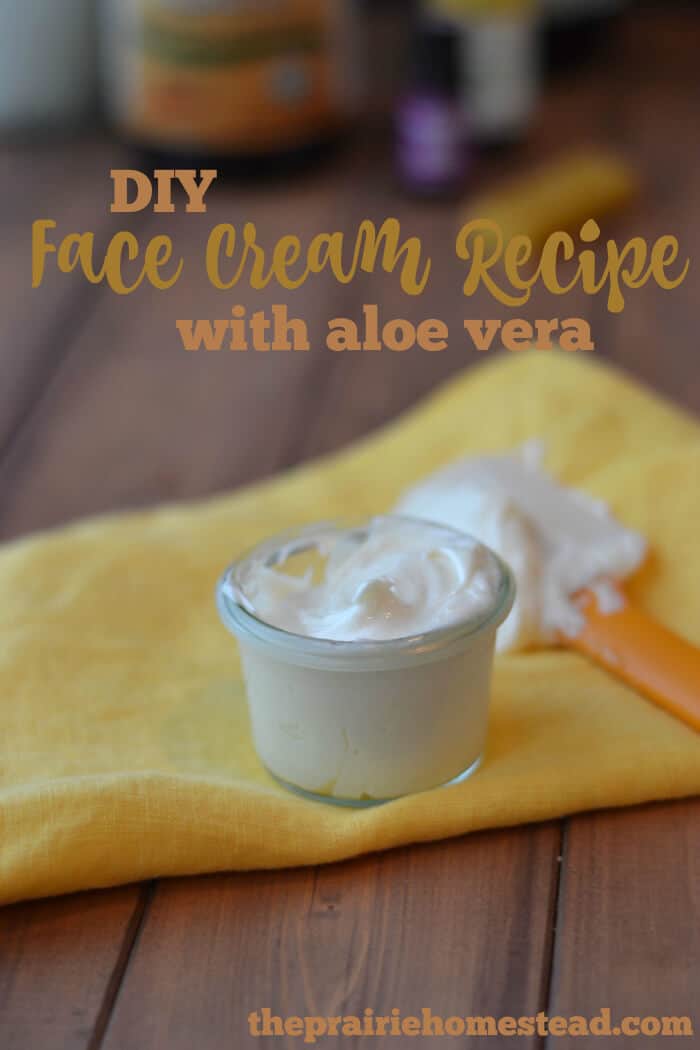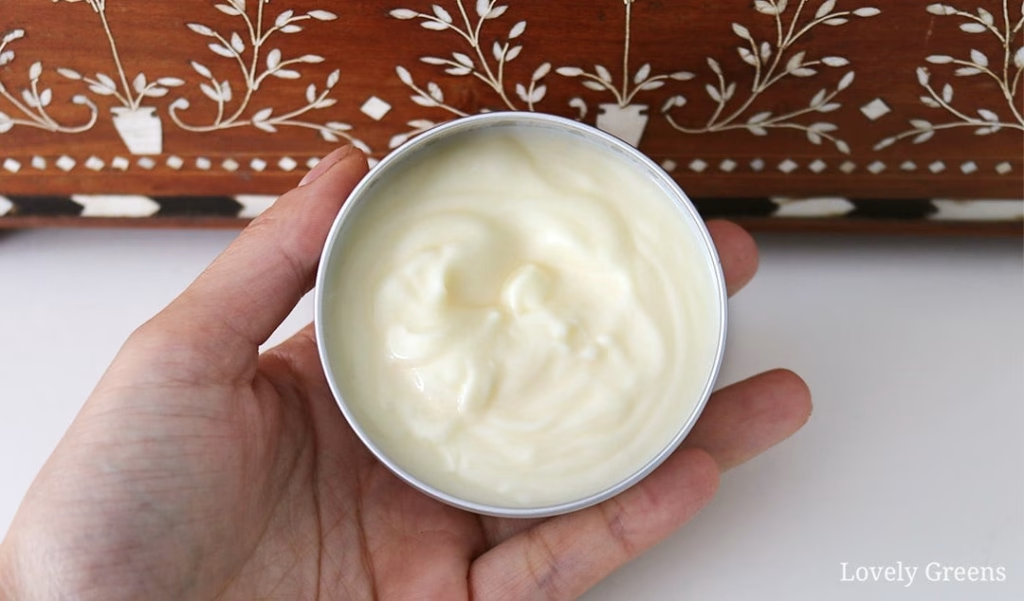I wrote this guide because “How To Make Homemade Face Cream: Simple Steps That Work” is a question I get all the time. I’ll show you exactly how to make homemade face cream safely, affordably, and with ingredients that actually help skin. I’ll share proven formulas, science-backed tips, and easy steps so you can create a cream that feels silky, sinks in fast, and supports your skin barrier. If you want to learn how to make homemade face cream that rivals store brands, you’re in the right place.

Source: www.occasionallyeggs.com
What Is A Face Cream?
Face cream is a blend of water and oil that forms an emulsion. It hydrates with water and locks in moisture with oils and butters. Well-made creams keep skin soft, reduce dryness, and support the skin barrier. If you want to know how to make homemade face cream that truly moisturizes, you need the right ratio of water, oils, and an emulsifier.

Source: lovelygreens.com
Why Make It At Home?
I make my own to control ingredients, skip irritants, and save money. Small studies show glycerin at 3–5% boosts skin hydration in days, and niacinamide at 2–5% supports a healthier barrier and more even tone. When you learn how to make homemade face cream, you can choose these proven actives and avoid fragrances that often irritate skin. Many find DIY creams cost 30–60% less per ounce than premium store brands.

Source: www.occasionallyeggs.com
Safety First: What I Never Skip
I treat creams like food. Water invites microbes, so I use a broad‑spectrum preservative. I aim for a skin-friendly pH of 4.5–5.5. I patch test each batch. I sanitize tools and jars with 70% alcohol. Research shows unpreserved, water-based products can grow bacteria and mold in days, so if you want to know how to make homemade face cream safely, you must preserve and keep it clean.

Source: saynotsweetanne.com
Ingredients You Need (Beginner-Friendly)
I keep it simple. If this is your first time learning how to make homemade face cream, start with these basics.

Source: livesimply.me
Core Ingredients
– Water phase: Distilled water or hydrosol (like rose or chamomile).
– Humectant: Glycerin 3–5% draws water into skin. Studies show consistent hydration gains with glycerin.
– Oil phase: Jojoba, sweet almond, or grapeseed. Jojoba mimics skin’s natural sebum.
– Butter: Shea or mango butter for richness.
– Emulsifier: Emulsifying wax NF or Olivem 1000 to join water and oil.
– Preservative: Liquid Germall Plus 0.5% or Optiphen 1% for broad-spectrum protection.
– Antioxidant: Vitamin E (mixed tocopherols) 0.5% helps slow oil oxidation.
If your goal is learning how to make homemade face cream that’s stable and smooth, these are the essentials.

Source: www.youtube.com
Optional Add‑Ins (Evidence-Guided)
– Niacinamide 2–4%: Supports barrier and tone.
– Panthenol (B5) 1–2%: Soothes and improves moisture.
– Allantoin 0.2–0.5%: Calms and reduces roughness.
– Sodium hyaluronate 0.1–0.2%: Light hydration boost.
– Green tea extract 0.2–1%: Antioxidant support.
These have supportive data in peer-reviewed research for hydration, barrier support, or calming effects. If you want to go deeper with how to make homemade face cream for sensitive skin, choose niacinamide and panthenol first.

Source: www.theprairiehomestead.com
Tools & Prep
– Two heat‑safe beakers or glass jars
– Scale (0.01 g precision helps)
– Thermometer
– Stick blender or milk frother
– pH strips or pH meter
– 70% isopropyl alcohol for sanitizing
– Airtight pump bottle or jar
I sanitize everything and wear gloves. This one step helps anyone learning how to make homemade face cream avoid spoilage.
Two Proven Methods
I’ll show a no‑water balm and a classic, lightweight cream. If you’re just starting with how to make homemade face cream, try the balm first, then move to the emulsified version.
Method 1: Simple Balm (No Water, No Preservative)
Best for very dry spots. It’s rich and stable. It’s not a “cream,” but it teaches the basics.
Formula (100 g batch):
- 60 g jojoba oil
- 30 g shea butter
- 8 g beeswax (vegan option: candelilla at ~5–6 g; it’s harder)
- 2 g vitamin E
Steps:
- Melt oils, butter, and wax together over low heat.
- Remove from heat. Stir in vitamin E.
- Pour into a clean jar. Cool until solid.
- Use a pea-size on damp skin.
Tip: Because there’s no water, you don’t need a preservative. Still store it clean and cool. This helps you practice before you learn how to make homemade face cream with water.
Method 2: Lightweight Emulsified Cream (Beginner Formula)
This is the classic “face cream” texture.
Starter Formula (100 g, ~pH 5–5.5):
Water Phase (78.5%)
- 70 g distilled water
- 5 g glycerin
- 2 g panthenol (B5)
- 1.5 g sodium hyaluronate solution (1% stock; adds 0.015% HA)
Oil Phase (19%)
- 10 g jojoba oil
- 5 g shea butter
- 4 g Emulsifying Wax NF or Olivem 1000
Cool‑Down (2.5%)
- 2 g niacinamide
- 0.5 g Liquid Germall Plus (or 1 g Optiphen if preferred)
- Optional: 0.5 g vitamin E (reduce water by 0.5 g to keep 100%)
Steps:
- Heat phases. Put Water Phase in one beaker and Oil Phase in another. Heat both to about 70°C (158°F).
- Emulsify. Pour Oil Phase into Water Phase. Blend with a stick blender for 1–2 minutes. Rest 5 minutes. Blend again.
- Cool. When the mix drops below 40°C (104°F), add Cool‑Down ingredients. Stir well.
- Check pH. Aim for 5.0–5.5. If pH is high, add a tiny lactic acid solution (10% in water). If low, add a tiny sodium bicarbonate solution (10% in water).
- Bottle. Use a pump bottle to limit air and fingers. Label the date.
Notes from research: Preserved, water-based products last longer and stay safer. Humectants like glycerin improve hydration in days. Niacinamide at 2–4% is well-tolerated and helps the barrier. This is how to make homemade face cream that feels light and effective.
Troubleshooting & Pro Tips
– Cream split? Blend again while warm. Next time increase emulsifier by 1–2%.
– Too thick? Reduce butter by 2–3% and add that amount to water.
– Too thin? Add 1% more butter or switch to a slightly heavier oil.
– Greasy feel? Swap jojoba for grapeseed or add 0.5% silica microspheres.
– Sensitivity? Skip fragrance and essential oils. Patch test on the inner arm for 24 hours.
These tweaks help you master how to make homemade face cream without frustration.
Storage, Shelf Life, And pH
I store creams in airless pumps, away from heat and light. With a proven preservative and clean tools, a small batch can last 2–3 months. I watch for smell, texture, or color changes. I keep pH near 5, because skin’s surface stays slightly acidic. If you want long-lasting results from how to make homemade face cream, don’t skip pH checks and preservation.
Cost & Eco Impact Quick Math
A 100 g batch often costs $3–8 in ingredients depending on your oils and actives. Similar store creams can cost $20–60 for the same size. Reusing bottles cuts waste. Buying ingredients in small amounts, then scaling up, keeps costs down while you learn how to make homemade face cream that suits your skin.
Frequently Asked Questions of how to make homemade face cream
How Do I Choose The Right Oils For My Skin?
I pick lightweight oils like jojoba or grapeseed for oily or combo skin, and richer oils like sweet almond for dry skin. Start simple, then adjust based on feel.
Do I Really Need A Preservative?
Yes, for any formula with water. Without it, microbes grow fast. A reliable preservative keeps your cream safer for weeks to months.
What pH Should My Face Cream Be?
Aim for 4.5–5.5. This supports the skin barrier and works with most preservatives. Use strips or a meter to check.
Can I Add Essential Oils?
I usually skip them on the face. If you insist, keep total essential oils under 0.3% and patch test. Many people react to fragrance.
Why Did My Cream Separate Overnight?
It likely cooled too fast or had too little emulsifier. Reheat gently and blend, or increase emulsifier by 1–2% next batch.
Is Niacinamide Safe For Beginners?
Yes at 2–4%. It’s widely studied and supports moisture and tone. If you feel tingling, drop to 2%.
Can I Make It Without A Stick Blender?
You can try a milk frother, but a stick blender gives a more stable emulsion. Blend in short bursts to avoid bubbles.
Conclusion
You just learned how to make homemade face cream with clear steps, safe ingredients, and research-backed choices. Start with the balm to practice, then make the lightweight cream and fine-tune oils and actives for your skin. Keep it clean, preserved, and at the right pH, and you’ll get a silky cream that actually works. Ready to try your first batch today? Share your results, ask me questions, or subscribe for more easy formulas and updates.

